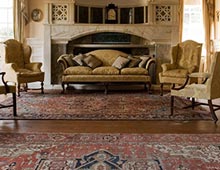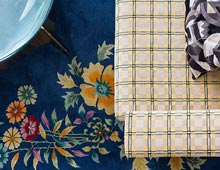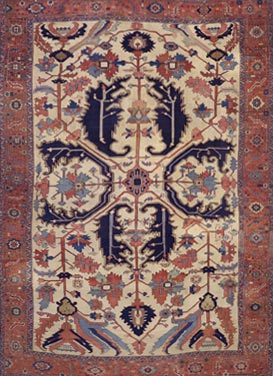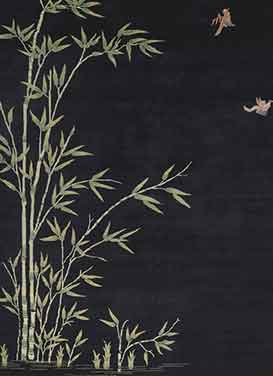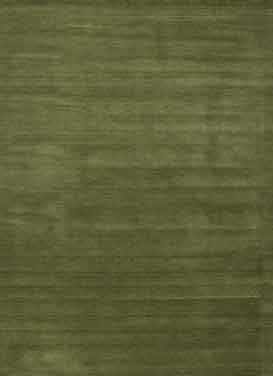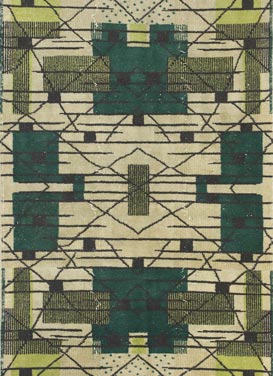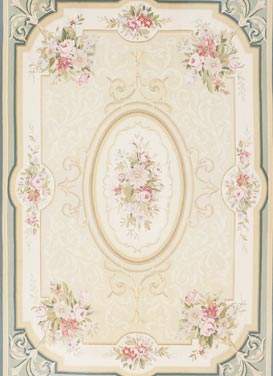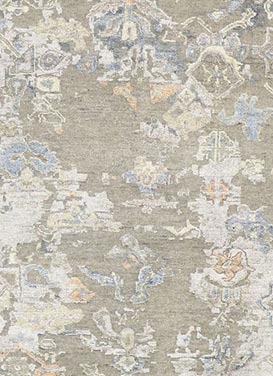- Inquiry
Description
74335 Antique Persian Kerman Rug with Persian Dervish Tabarzin and Kashkul, 01'10 x 01'09.
A Persian Kerman pictorial rug is a handmade carpet from Kerman, Iran, known for its intricate designs and detailed scenes. This specific rug features a Persian Dervish, a member of a Sufi ascetic order, holding a Tabarzin, a traditional battle-axe symbolizing strength, and a Kashkul, a begging bowl representing humility and the spiritual journey. The rug blends spiritual and cultural symbolism, reflecting the high-quality craftsmanship typical of Kerman rugs.
This hand-knotted wool antique Kerman pictorial rug is an extraordinary example of an expressive dervish tableau, featuring the symbolic tabarzin and kashkul. The tabarzin, a traditional Persian battle axe with one or two crescent-shaped blades, is a weapon sometimes carried by wandering dervishes. At the center of the rug, two tabarzins cross over a dervish's kashkul, or begging bowl, creating a striking focal point. The meticulously detailed composition is enhanced by beautifully rendered drapes flowing from a king's crown, precisely enclosing the battle axes and the begging bowl, adding depth and perspective to this captivating scene.
Every detail in this rug is carefully outlined in contrasting colors, while subtler variations create an entrancing visual effect. The intricate artistry showcases the creative dedication and cultural heritage of Persian craftsmanship. The extraordinary Darvish pictorial rug is not only a magnificent piece of art but also a profound representation of Persian culture, embodying the spiritual and artistic values that define it.
The term "dervish" (Darvish) refers to individuals living and practicing the path of God, Allah. According to Wikipedia, a dervish is someone treading the Sufi Muslim ascetic path, known for their austerity and vow of extreme poverty. Dervishes believe in relinquishing earthly ties to reach a state of tranquility, love, and harmony. In most Sufi orders, a dervish practices dhikr through physical exertion or religious rituals to attain an ecstatic trance and reach Allah. Their most renowned practice, Sema, is closely associated with the teachings of Rumi.
- Rendered in variegated shades of ink blue, navy blue, red, burgundy, rose, tan, beige, mauve, orange, blue, green, and brown with other accent colors.
- Abrash.
- Hand knotted wool.
- Made in Iran.
- Measures:
- Date: 1910's. Early 20th Century.



